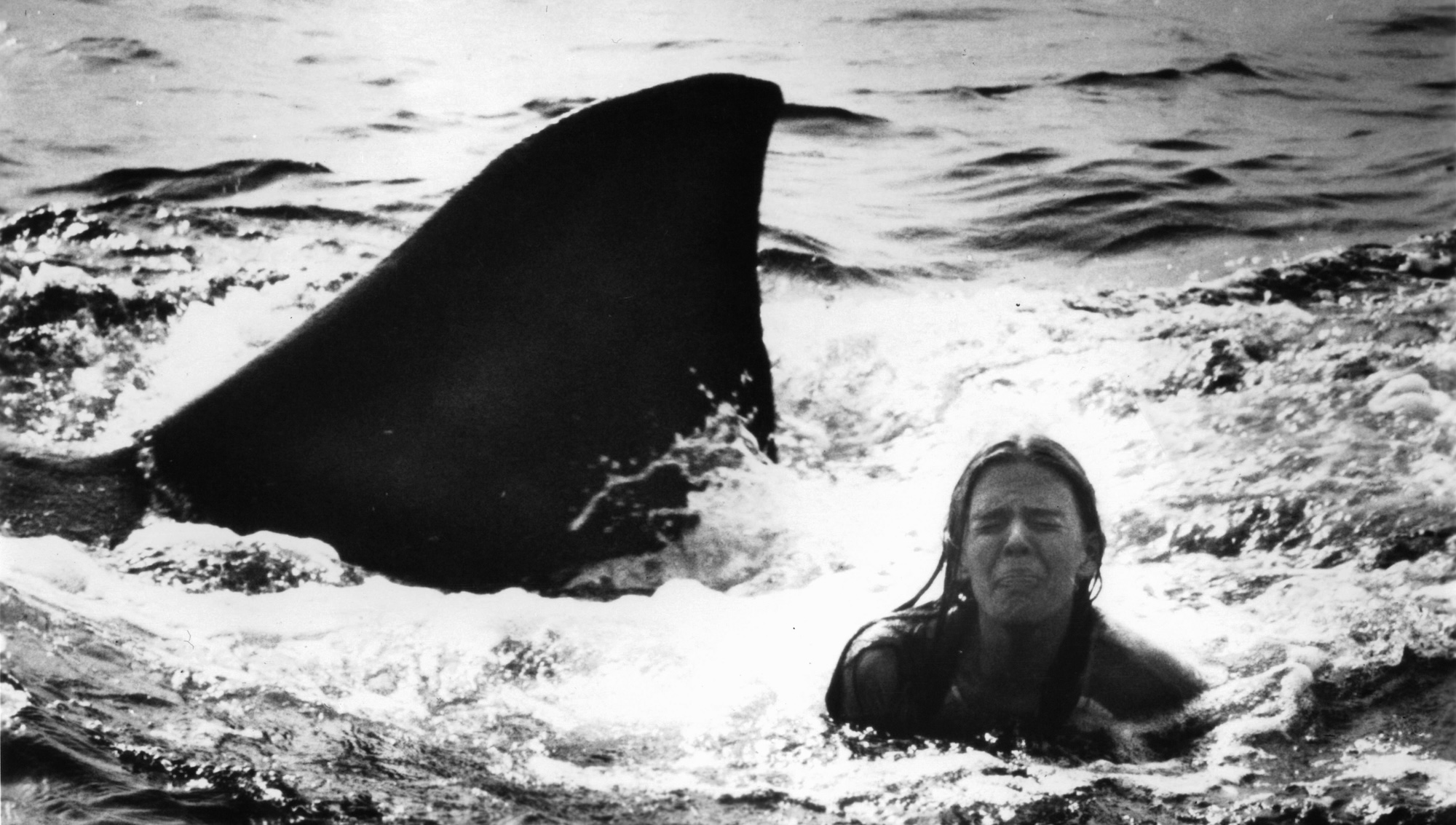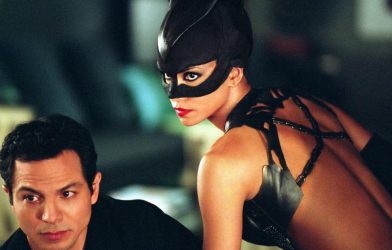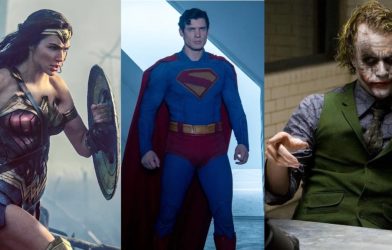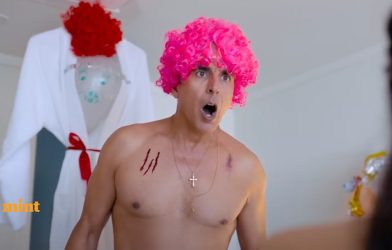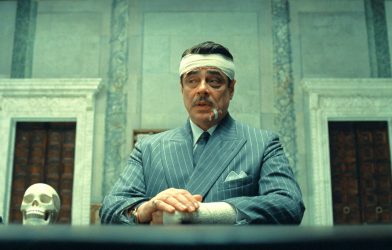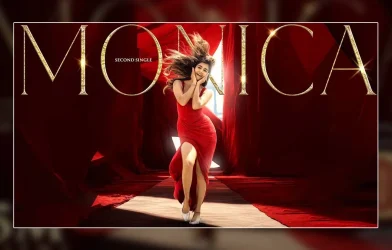In fact, it’s Jepps that Brody initially blames for this new round of disturbances on the island, thanks to Jepps’ despicable tendency to drunkenly shoot at seals from the beach near his house. This is, as presented in the book, Brody’s own form of denial that there could be another shark in the waters off Amity—a very different proposition from the movie in which Brody, armed with a photo taken by a diver just before he was killed quickly comes to the conclusion that there’s a new great white in town and tries, to no avail, to again convince Mayor Vaughn and the town council of the danger. The Brody of the book is a more complicated, anguished character.
Speaking of that photo, Brody doesn’t get to see it in the book. The drugstore owner who develops it, Starbuck, realizes its implications and deliberately withholds it from the chief to avoid deepening the economic calamity that has befallen the island. The people of Amity are a desperate, selfish, actively unpleasant lot in the book, to the point that they are actually eager to welcome a casino to their peaceful little enclave, a casino backed by the Mafia in the form of the aforementioned Moscotti.
While a mob subplot factored into the original Peter Benchley novel of Jaws (they were shaking down Mayor Vaughn), that aspect of the book was eliminated from the movie version. It’s back here in the Searls novel, with the mafia playing an even bigger role this time around. Moscotti and his son are active participants in the story here. Interestingly the mob plot from the Benchley book is mentioned in the Jaws 2 novelization, along with Ellen Brody’s also excised affair with Matt Hooper, placing the novelization in a nether region between Benchley’s book and Spielberg’s film.
There are, in fact, so many subplots at work in the book—the mob, the casino, the hidden shark photo, Jepps the cop, the Brody family trauma, Chief Brody’s rescue and adoption of a baby seal(!), and the revelation in the book that the shark this time around is female and pregnant by the shark from the first book/film (!!)—that the teen sailing party which takes up fully half of the finished Jaws 2 movie only appears in the final 50 pages or so of the novel, while the shark itself takes a back seat for much of the book to the other goings-on in Amity.
And yet, Jaws 2 is a richer, more satisfying, and layered experience to read that to watch as a film. Searls, to his credit, makes a real novel out of whatever screenplay he was working from and if that screenplay had been used, the movie of Jaws 2 would have possibly been a darker, grittier, and certainly more violent story than the one we got, with more nuanced characters and themes, and a fuller cohesive story. Who knows, it might have painted a dramatically different portrait of Amity, its inhabitants, and its ongoing “shark problem?”
The movie We Wanted, Not the Movie We Needed
In the end, Jaws 2 came out and did respectable business, not nearly as much as its predecessor, but still earning a healthy $208 million worldwide (in 1978 dollars). As for the movie itself, Universal’s most expensive up to that point, it’s actually pretty decent. It doesn’t compare to the first film, but it looks great, it moves fast, it’s stylishly directed, and it features a few genuinely harrowing moments. Roy Scheider turns in a fine performance, ably supported again by Lorraine Gary and Murray Hamilton. John Williams is even back with another terrific score as well.

